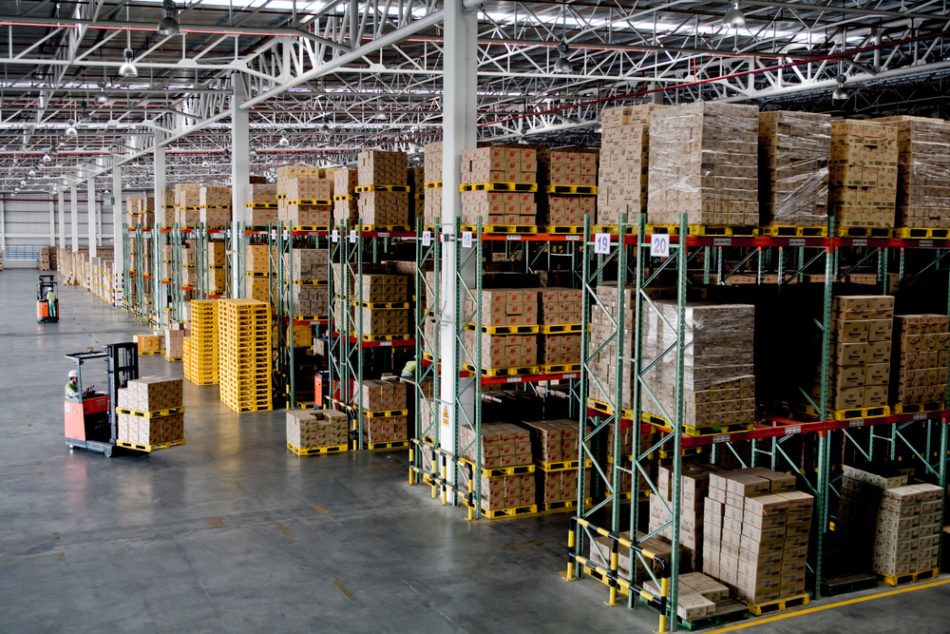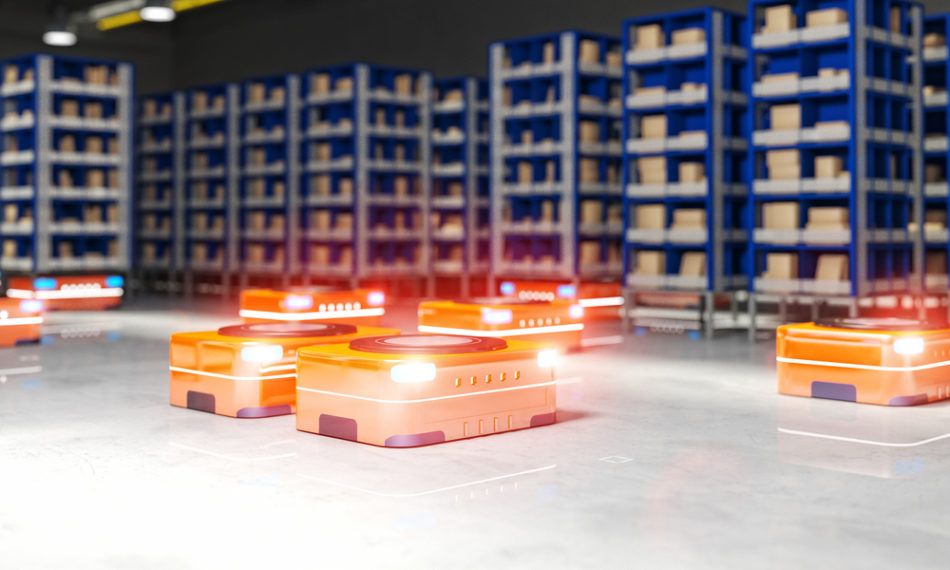How the Internet of Things is Improving Warehouse Efficiency
Up and down the supply chain, profit margins are getting so thin that any minuscule gain in performance or reduction in cost or waste makes a...
Warehouse work has always revolved around improving efficiencies, eliminating waste, and making the environment safer for workers. But today’s ‘smart warehouses’ take these goals to an entirely new level. Gone are the lengthy printouts with customer orders — hand-picked and recorded on sheets — usually introducing errors into the process. All those errors add up. In the age of the ‘Amazon effect’, where customers are spoiled by super-accurate, always on-time, served-with-a-smile deliveries, every warehouse is forced to step up their game or be left behind in the dust. Enter: the Internet of Things (IoT).
In warehousing, the IoT is sometimes called the IoE, or Internet of Everything. It involves adding sensors and robotics to the modern warehouse. The machines take numerous measurements and collect many different data points around the warehouse. The analytics tools are able to process all of this data to find the most efficient, productive, effective, safe, and convenient ways of running the warehouse. Here are some of the roles the IoT is playing in modern warehouse management.
Humans are only able to assess and analyze a certain number of key variables when it comes to organizing a warehouse to its optimal layout for efficiency, safety, and productivity. Computers, however, can analyze millions of key data points and find correlations and patterns that humans would never identify. This means the modern smart warehouse can be configured to a level of efficiency never possible before computers and automation.
Retailers are changing the way they order and keep inventory. Today’s retailers place smaller orders, but do so more frequently. This means big changes in the way warehouses have to stock and deliver. Automation via the IoT attaches sensors to everything that’s measurable within the warehouse. Everything that moves, the computer can track. While robotic carts maneuver around the smart warehouse, gathering the items necessary to fill an order, the computer is continually assessing the movements, the layout of the warehouse floor, the inventory, and many other variables. These measurements can be used to improve productivity and efficiency — from ordering supplies to stocking shelves to pricing according to the supply and demand for particular parts or products.
While smart programming of the IoT can improve worker safety, duress alarms are essential for keeping lone workers safe during long shifts. As robotics replace many warehouse jobs, fewer workers means more workers are spending long hours alone. A duress alarm is their ticket to a safe workplace.
Even in these highly automated smart warehouses, human workers still have an important place. While it seems like adding robots to the mix would make things more dangerous for their human coworkers, the reverse is actually true. In the IoT, the computer can collect and analyze key metrics on worker safety and make changes to the environment and to the robots in order to keep workers safer, happier, and more productive.
Are you looking for the networking capabilities to make the smart warehouse possible, or would you like to find out more about how duress alarms help keep workers safer in the warehouse? Contact us to request a quote today.

Up and down the supply chain, profit margins are getting so thin that any minuscule gain in performance or reduction in cost or waste makes a...

WiFi networks for warehouses: a notoriously difficult challenge. Here are the five most common mistakes made when setting up warehouse WiFi networks....

Warehouse robots increase productivity and efficiency, and can take on labor-intensive tasks that drain human capital. From inventory drones to...